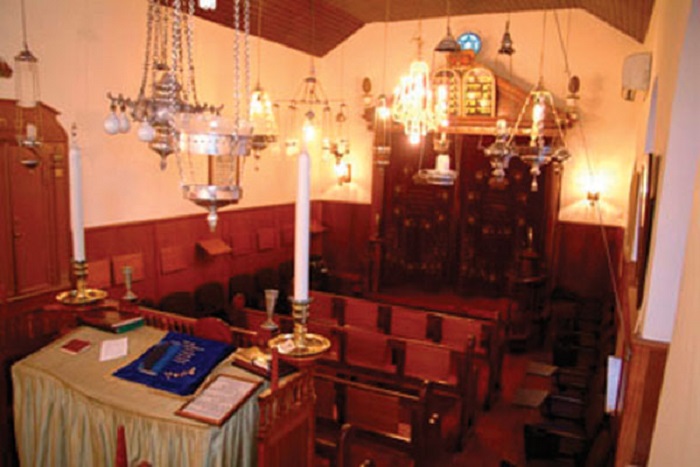ENGLISH CORNER, CON LINDA JIMÉNEZ – This week’s trivia question: What does shooting bows and arrows have to do with playing cards? And how are both of these activities related to Jewish history?
The name of this holiday means the thirty-third day of “omer”, which is the period between Passover and Shavuot. The word “omer” refers to the grain offering brought to the temple , and these were the days when the farmers harvested their crops. These 49 days, called sefirah, or counting, days are a very solemn period in the Jewish calendar because they are devoted to the remembrance of the suffering that the Jews endured under Roman persecution. They are days of mourning and during this period no hair may be cut, no marriages may take place and no concerts or dances may be held. Lag BaOmer is the one joyous day during this time, and the prohibitions related to mourning are lifted. Some say that this day commemorates an important victory by the hero Bar Kokhba and some say that a plague which was raging among Rabbi Akiba’s students ended on that day. Either way, this holiday is associated with the Jewish people’s fight for freedom against Roman oppression.
Lag BaOmer is considered a scholars’ holiday and is especially celebrated by schoolchildren. There are picnics and games, especially archery. In many villages in Israel bonfires are made and children roast potatoes in them. This day is also supposed to be the anniversary of the death of Rabbi Simeon Bar Yohai. Before he died, he asked his followers to celebrate, rather than mourn his death and it is customary, especially among the hassidim, to dance and sing at his gravesite in Meron, Northern Israel.




